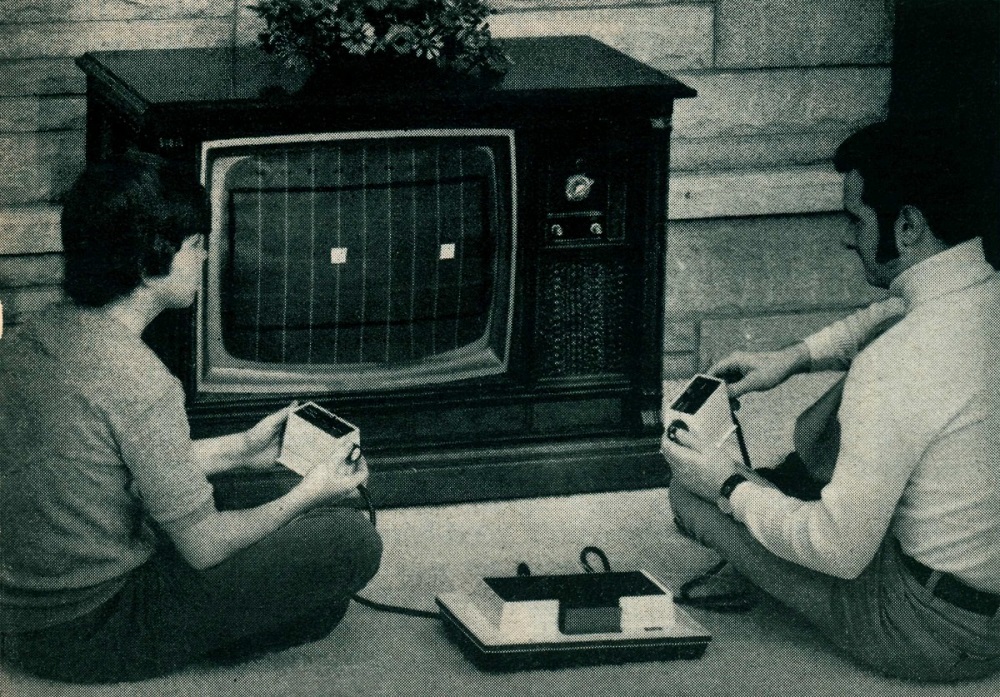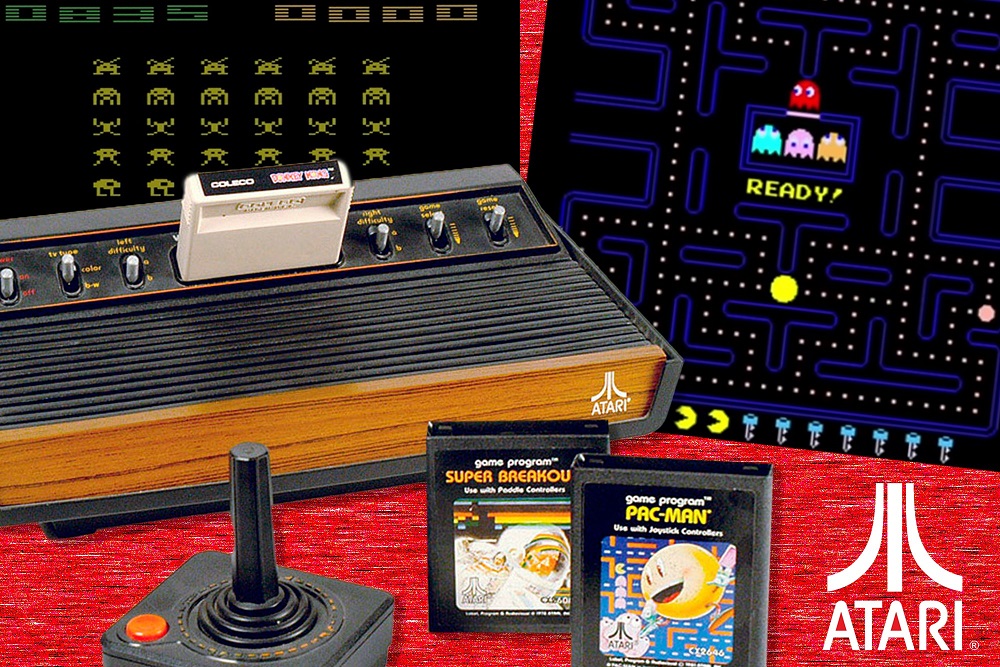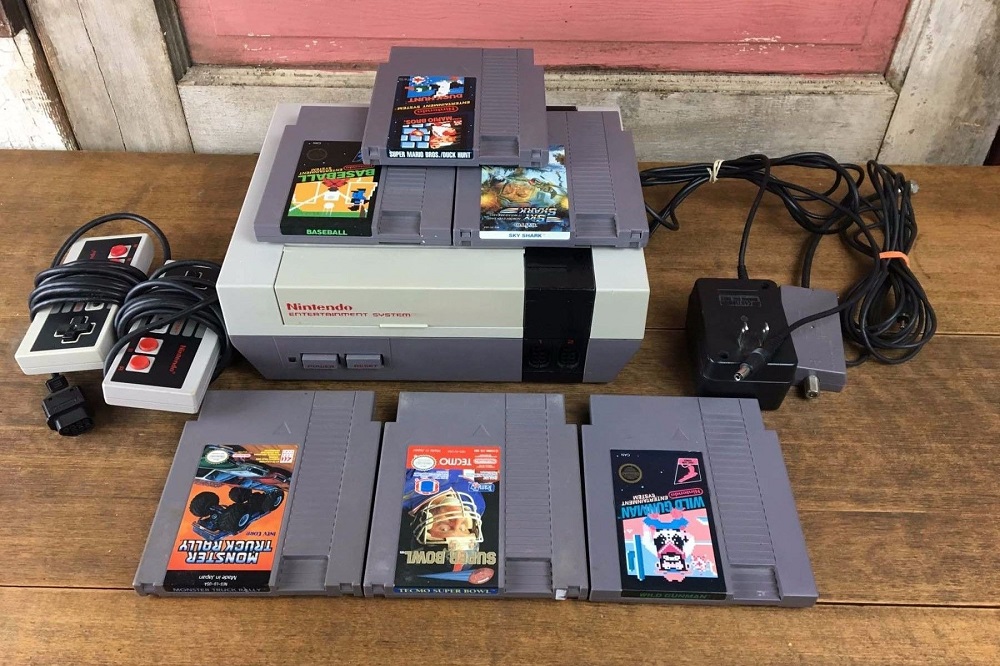In the 1990s, most gamers played at home on a Super Nintendo or a Sega Genesis, or crowded into arcades with quarters in hand. But for those who wanted the arcade at home — without compromise — there was one name: Neo Geo.
SNK’s Neo Geo wasn’t just a console; it was a statement. It promised arcade-perfect ports, blistering action, and some of the finest 2D visuals of the era. But there was a catch: its price tag. For many, Neo Geo remained a dream machine glimpsed only in magazine ads or at a wealthy friend’s house.
This article from Oldies Nest explores the Neo Geo’s legacy: its history, games, pricing, and why it still matters to retro enthusiasts today.
The Birth of Neo Geo – SNK’s Ambitious Vision
SNK, already a respected arcade developer, launched the Neo Geo AES (Advanced Entertainment System) in 1990 alongside the MVS (Multi Video System) arcade cabinet.

- MVS: Allowed arcade operators to swap multiple games in a single cabinet.
- AES: Brought those exact games into homes, identical in graphics and gameplay.
- Cartridges: Massive in size and memory, dwarfing SNES and Genesis offerings.
Unlike competitors, Neo Geo didn’t downscale arcade titles — it was the arcade itself, transplanted into the living room.
Premium Hardware at a Premium Price
The Neo Geo AES was cutting-edge but costly:
- Launch Price: $649.99 in the U.S. (over $1,200 in today’s money).
- Cartridges: Often priced $150–$300 each.
- Specs: 16-bit Motorola 68000 CPU with Zilog Z80 co-processor, advanced sprite scaling, and 4096 on-screen colors.
Compared to the affordable Genesis or SNES, Neo Geo positioned itself as the luxury console, aimed at enthusiasts who demanded perfection.
The Games: Fighting Legends and Beyond
Neo Geo’s true legacy lies in its games. The platform became synonymous with fighting franchises that defined the 90s.
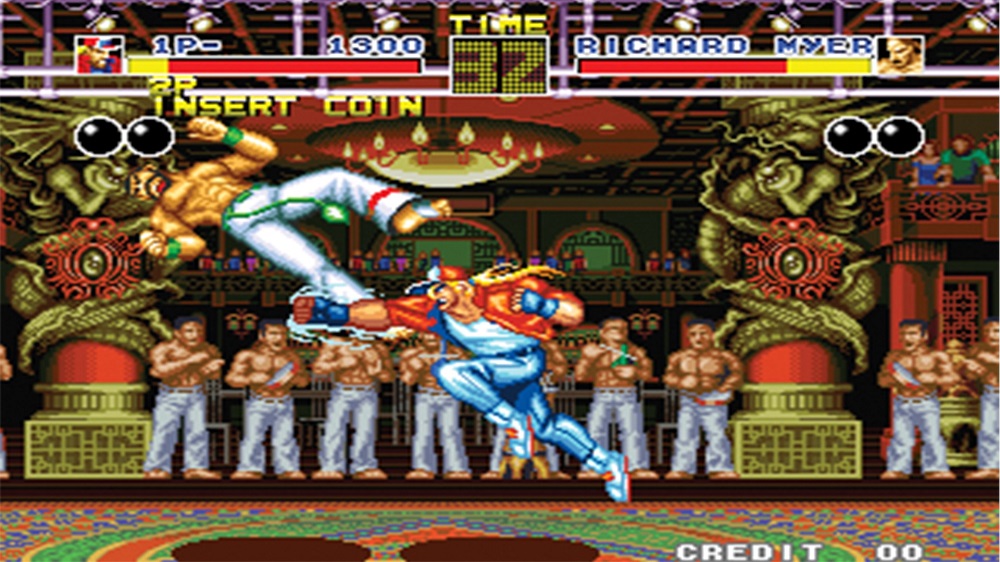
- Fatal Fury (1991): SNK’s answer to Street Fighter II, laying the groundwork for future titles.
- The King of Fighters (1994 onward): Annual installments that became a global tournament staple.
- Samurai Shodown (1993): Weapons-based dueling with cinematic flair.
- Metal Slug (1996): Iconic run-and-gun series, famed for humor and hand-drawn animations.
- Puzzle Bobble (Bust-A-Move): Proof Neo Geo wasn’t just about fighters.
These titles showcased Neo Geo’s arcade DNA, becoming favorites for both couch play and arcade competition.
(See also: Top 10 Co-Op Retro Games to Play with Friends, where Metal Slug remains a fan-favorite co-op experience.)
Why the Neo Geo Was So Expensive
Neo Geo’s premium cost came down to one factor: no compromises.
- Cartridges used massive ROM chips to deliver full arcade-quality games.
- High production costs passed directly to consumers.
- Limited audience meant smaller production runs, further raising prices.
For most households, it was impractical. But for those who could afford it, Neo Geo delivered unmatched bragging rights.
Niche Marketing and Cult Appeal
Unlike Sega and Nintendo, who battled for mass-market dominance, SNK marketed Neo Geo as exclusive. Ads emphasized its power, graphics, and “arcade at home” appeal.
The result was a cult following: fewer units sold, but immense loyalty among fans. Even those who never owned one dreamed of Neo Geo through gaming magazines.
Competition Heats Up – Genesis, SNES, and Beyond
During the 90s, the console landscape was fiercely competitive:
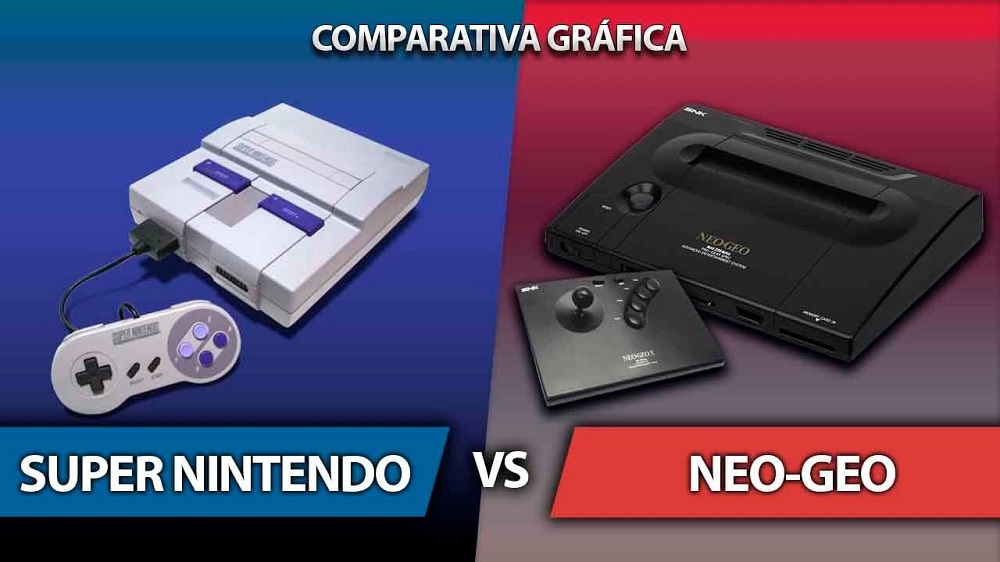
- Sega Genesis had edgy marketing and arcade-style ports.
- SNES delivered first-party masterpieces and innovations like Mode 7.
- PlayStation entered in 1994, pushing 3D gaming to the forefront.
While others shifted toward 3D, Neo Geo doubled down on 2D mastery, carving out a unique niche but limiting mainstream growth.
(See: Sega Genesis vs. SNES: The 16-Bit War Begins for more context on the competitive market Neo Geo faced.)
Neo Geo in Arcades – The MVS Advantage
Arcades kept Neo Geo alive even as the home system remained niche.
- Operators loved the MVS system, which saved space and money.
- Gamers got access to ever-expanding franchises without needing new cabinets.
- Neo Geo became a fixture in arcades worldwide, particularly in fighting game communities.
The home AES may have struggled, but the arcade MVS thrived.
Collector’s Appeal in 2025
Today, Neo Geo is a crown jewel of retro collecting:
- Original AES cartridges are among the most expensive collectibles in gaming.
- Systems in working order fetch thousands.
- Even re-releases like the Neo Geo Mini (2018) attract attention from nostalgic fans.
For enthusiasts, Neo Geo represents the ultimate premium retro experience — rare, stylish, and uncompromising.
Lessons from Neo Geo’s Story
The Neo Geo illustrates several truths about gaming history:
- Premium doesn’t always equal mainstream success.
- Niche audiences can sustain platforms when the content is compelling.
- Arcade heritage matters — SNK’s commitment to fighting games created a lasting competitive culture.
Neo Geo reminds us that innovation and passion sometimes matter more than sales.
Why Neo Geo Still Matters Today
In 2025, Neo Geo’s influence is everywhere:
- Its fighting franchises remain staples of competitive gaming.
- Metal Slug continues to inspire indie shooters with pixel-perfect art.
- Its cult identity adds prestige to retro collections.
Neo Geo stands as proof that consoles don’t have to dominate sales charts to leave an indelible mark on culture.
The Neo Geo was never meant to compete directly with mass-market consoles. It was designed for enthusiasts who wanted the arcade without compromise, and that’s exactly what it delivered.
Though priced out of reach for most, its games became legends, its brand became iconic, and its mystique remains strong even decades later.
The Neo Geo wasn’t just a console — it was a dream machine, a symbol of what gaming could be when quality came first, no matter the cost.


